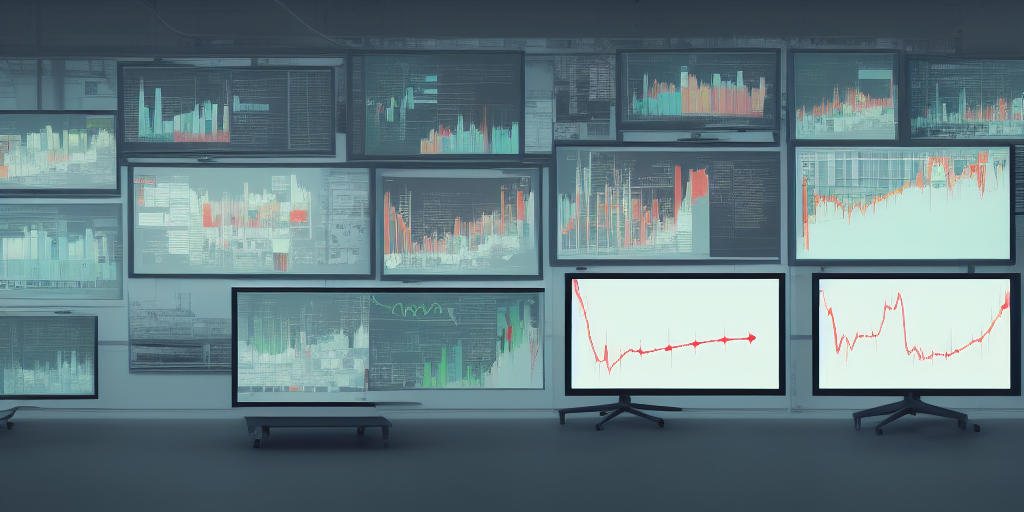Data Visualization and Analytics
Data visualization is the process of representing data in a graphical or other visual format. It can be used to effectively communicate large amounts of data, and to help people understand trends and patterns. There are many different ways to visualize data, and the best approach will depend on the type and amount of data, as well as the audience. Some common methods include charts, graphs, maps, and infographics.
Data analytics is a process of inspecting, cleansing, transforming and modeling data with the goal of discovering useful information, informing conclusions and supporting decision-making. Data analytics is used in a wide range of industries, from retail and manufacturing to finance and healthcare.
Data visualization and analytics is a process of turning data into insights. It involves taking data and creating visual representations of that data in order to better understand it. This can be done through a variety of means, such as charts, graphs, and maps. Data visualization and analytics can be used to find trends, patterns, and outliers in data. It can also be used to make predictions about future data.
With so much data being produced every day, it is becoming increasingly important to be able to effectively visualize it. Data visualization can help us to make sense of large data sets, and to see the trends and patterns that would be otherwise hidden. In other words, data visualization can help to quickly identify patterns and outliers in large data sets. It can also help to communicate complex data sets to non–technical audiences.
Importance and Strategy
There are many reasons for why data visualization is needed. Data visualization can help make complex data more understandable and can help people see patterns and trends that they might not be able to see otherwise. Additionally, data visualization can help people communicate their findings to others more effectively.
Developing a strategy will vary depending on the data set(s) being visualized, the purpose of the visualization, and the audience. However, some tips for developing a data visualization strategy include:
–Start by understanding the data set(s) you want to visualize. What information do they contain? How are they structured?
–Determine the purpose of the visualization. What do you want to communicate with it? –Think about your audience. Who will be looking at the visualization? What do they need to know?
–Choose the right visualization type(s) for the data and the purpose.
–Design the visualization for clarity and ease of understanding.
–Test the visualization with people from your target audience to ensure it is effective.
Some benefits of data visualization for businesses include the ability to: better understand data sets, communicate information more effectively, make more informed decisions, solve problems more efficiently, plan and execute strategies more effectively, and gain a competitive edge.
There are many data visualization software tools available, including Tableau, Qlik, Microsoft Power BI, and more. Each tool has its own strengths and weaknesses, so it‘s important to choose the right tool for the job.

